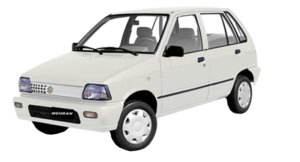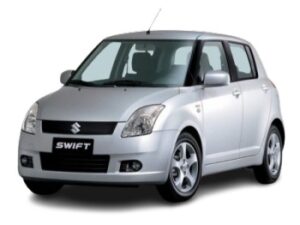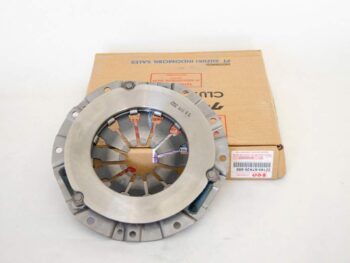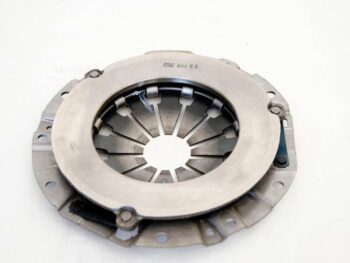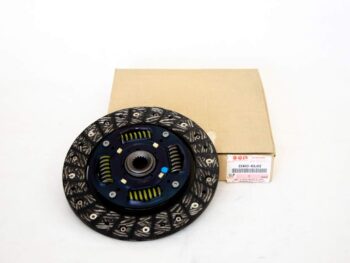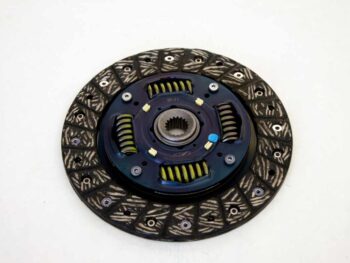
 Car Accessories87 products
Car Accessories87 products Car Care Products8 products
Car Care Products8 products Car Cushions2 products
Car Cushions2 products Car Dashboard Cover3 products
Car Dashboard Cover3 products Car Door Visor6 products
Car Door Visor6 products Car Floor Mat3 products
Car Floor Mat3 products Car Glass Wash Accessories1 product
Car Glass Wash Accessories1 product Car Mudguards7 products
Car Mudguards7 products Car Seat Cover10 products
Car Seat Cover10 products- Car Sprays3 products
 Car Steering Cover4 products
Car Steering Cover4 products Car Top Covers6 products
Car Top Covers6 products Car Wax Polish4 products
Car Wax Polish4 products Mobility Kit1 product
Mobility Kit1 product Snow Chain1 product
Snow Chain1 product Wheel Covers12 products
Wheel Covers12 products
 Car Body Parts157 products
Car Body Parts157 products Car Bumpers10 products
Car Bumpers10 products Car Dashboards3 products
Car Dashboards3 products Car Doors27 products
Car Doors27 products Car Grills10 products
Car Grills10 products Car Handles14 products
Car Handles14 products Car Hoods3 products
Car Hoods3 products Car Horn Pads2 products
Car Horn Pads2 products Car Interior Parts11 products
Car Interior Parts11 products Car Mirrors19 products
Car Mirrors19 products Car Side Body4 products
Car Side Body4 products Car Spacers4 products
Car Spacers4 products Car Trunks2 products
Car Trunks2 products Car Wiper Blades1 product
Car Wiper Blades1 product Car Wipers3 products
Car Wipers3 products Fender8 products
Fender8 products- Ishara Pillars2 products
 Car Electrical Parts118 products
Car Electrical Parts118 products Car Engine Oil & Lubricants135 products
Car Engine Oil & Lubricants135 products Coolant10 products
Coolant10 products Differential Oil1 product
Differential Oil1 product Engine Oils116 products
Engine Oils116 products Gear Oil7 products
Gear Oil7 products
 Honda46 products
Honda46 products- Hyundai15 products
- KIA9 products
 Mechanical/engine128 products
Mechanical/engine128 products Car AC Filter2 products
Car AC Filter2 products Car Air Filter14 products
Car Air Filter14 products Car Brake Fluid4 products
Car Brake Fluid4 products Car Brake Pads16 products
Car Brake Pads16 products Car Brake Shoe4 products
Car Brake Shoe4 products Car Cables11 products
Car Cables11 products- Car Carburetors3 products
 Car Clutch Plate3 products
Car Clutch Plate3 products Car Disc1 product
Car Disc1 product- Car Engine Coils2 products
- Car Fuel Pumps3 products
 Car Radiators10 products
Car Radiators10 products Front Shocks2 products
Front Shocks2 products Oil Filter8 products
Oil Filter8 products Pressure Plate4 products
Pressure Plate4 products Spark Plug7 products
Spark Plug7 products Suspension12 products
Suspension12 products
 MG7 products
MG7 products- Mitsubishi2 products
- Nissan4 products
 Suzuki244 products
Suzuki244 products- Toyota101 products
“Clutch Plate – Swift” has been added to your cart. View cart
Sort by
Price filter
Clutch Plate – New Alto AGS
₨ 16,973
Clutch Plate – Wagon R
Clutch Plate – Swift
₨ 21,476
Car Clutch Plate
A car clutch plate, also known as a clutch disc, is a crucial component of the clutch system in manual transmission vehicles. It is located between the engine’s flywheel and the clutch pressure plate. The clutch plate’s function is to transfer power from the engine to the transmission by engaging and disengaging the clutch. When the clutch pedal is pressed, the clutch plate separates from the flywheel, allowing for gear changes and smooth operation of the vehicle.
How often should the clutch plate be replaced in a car?
The lifespan of a clutch plate can vary depending on several factors, including driving habits, road conditions, and the quality of the clutch plate itself. In general, clutch plates tend to wear out over time due to friction and heat generated during normal use. The average lifespan of a clutch plate is typically around 50,000 to 100,000 miles, but it can vary greatly. Signs of a worn-out clutch plate include slipping, difficulty shifting gears, a burning smell, or a vibrating clutch pedal. If you experience any of these symptoms, it is advisable to have the clutch plate inspected by a qualified mechanic who can determine if replacement is necessary.
What are the signs that indicate a worn-out clutch plate?
There are several signs that may indicate a worn-out clutch plate. These include a slipping clutch, where the engine revs increase without a corresponding increase in vehicle speed when accelerating. Difficulty shifting gears or grinding noises during gear changes can also be signs of a worn-out clutch plate. Additionally, a burning smell, vibration or pulsation felt through the clutch pedal, or a clutch pedal that feels loose or does not engage properly can all indicate potential issues with the clutch plate.
Can I replace the clutch plate myself, or should I seek professional help?
Replacing a clutch plate is a complex task that requires specialized tools and technical knowledge. It involves removing the transmission and disassembling the clutch system, which can be challenging for inexperienced individuals. While some experienced DIYers may attempt to replace the clutch plate themselves, it is recommended to seek professional help from a qualified mechanic or a reputable automotive service center. They have the expertise to properly diagnose clutch-related issues, ensure the correct installation of the new clutch plate, and perform any necessary adjustments or repairs to restore the clutch system’s functionality.
Are there different types of clutch plates available for cars?
Yes, there are different types of clutch plates available for cars, and the specific type required depends on the vehicle’s make, model, and engine specifications. Clutch plates can vary in terms of size, material composition, and design. The choice of clutch plate depends on factors such as the vehicle’s power output, intended usage (e.g., regular driving, high-performance applications), and the manufacturer’s recommendations. When replacing a clutch plate, it is important to use the correct type specified for your vehicle to ensure proper fit, performance, and longevity.
Regular inspection and maintenance of the clutch system, including the clutch plate, is crucial for optimal performance and durability. Pay attention to any signs of clutch plate wear or malfunction and have it inspected or replaced as necessary. If you have any concerns or questions regarding the clutch plate or the clutch system in your vehicle, it is best to consult a qualified mechanic or automotive expert for guidance and assistance.




